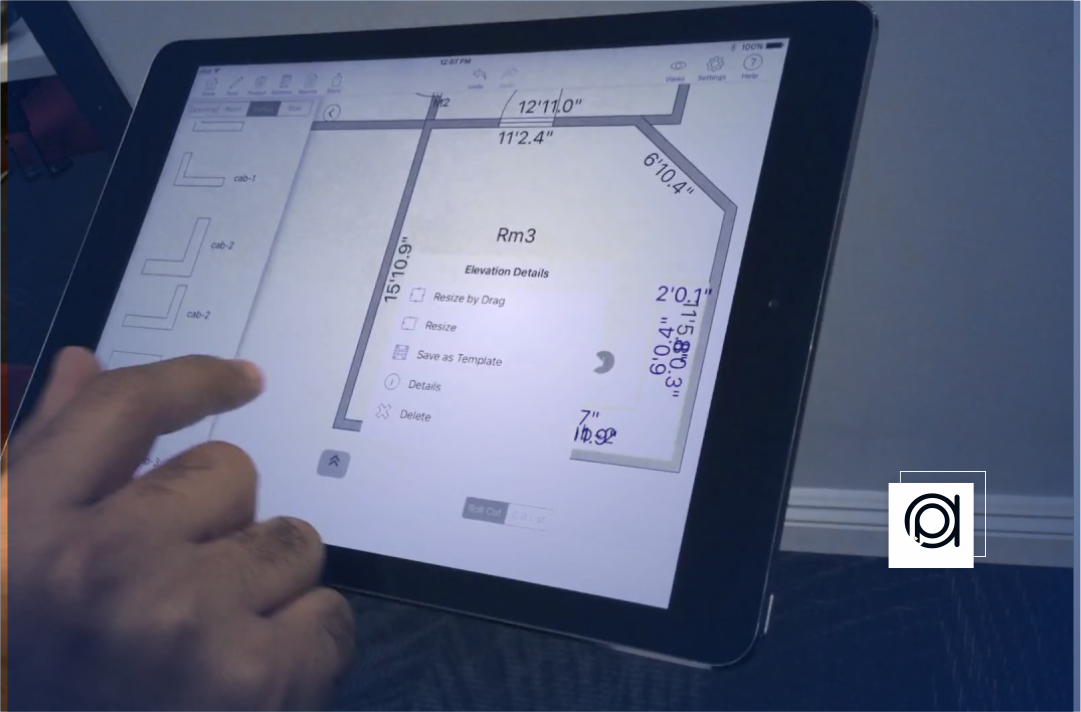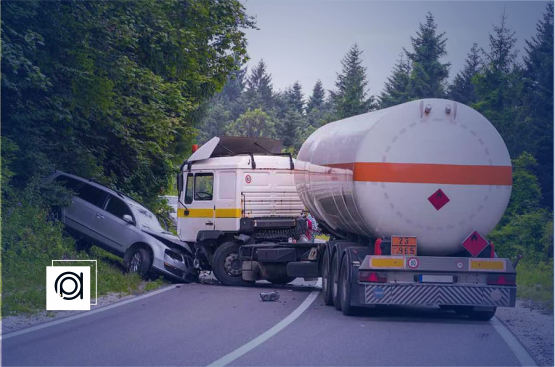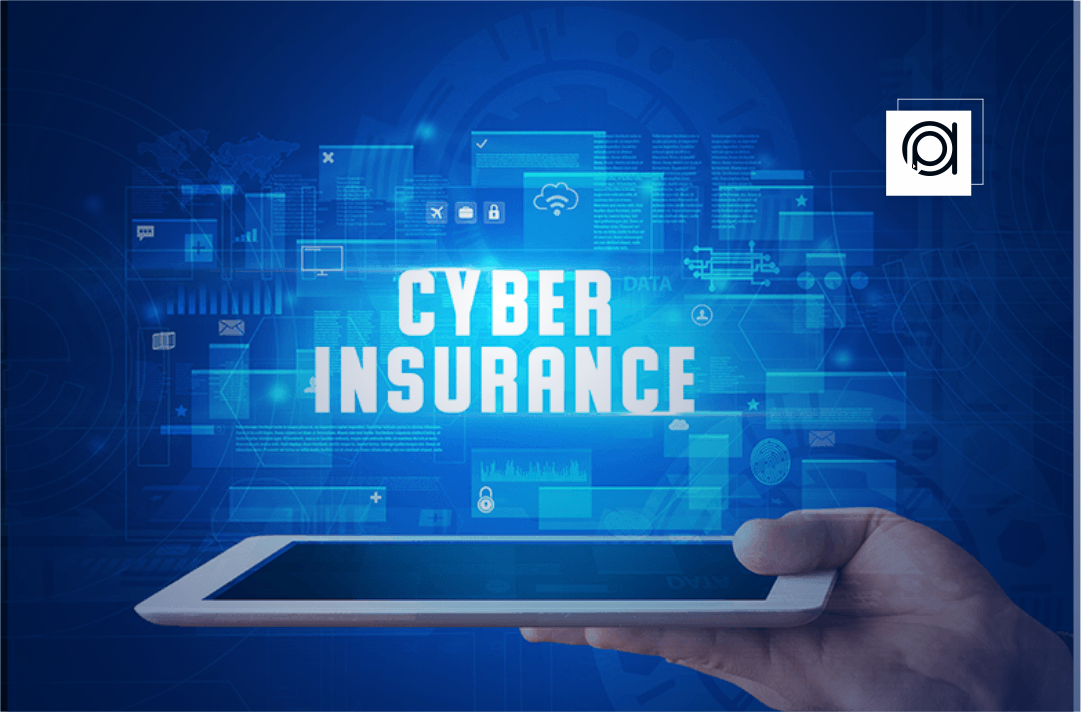There are risks associated with the construction business that arise at every step of a project. Construction sites might provide a risk for accidents due to their complex infrastructure and tall buildings. When it comes to safeguarding personnel, preserving property, and reducing project delays, incident management is essential.
The procedures and guidelines put in place to efficiently address and minimize occurrences are included in incident management. Incidents in the construction industry can vary from little mishaps to large-scale catastrophes, encompassing falls, equipment malfunctions, fires, and collapses of structures.
What is Incident Management In Construction?
In the construction industry, Incident Management refers to the methodical methodology and set of protocols used to efficiently manage and address problems that arise on building sites or projects. These occurrences might be anything from little mishaps like trips and falls to large-scale catastrophes like fires or structure collapses. Ensuring worker safety, safeguarding property, and reducing project interruptions are the main goals of incident management in the construction industry.
In addition to quickly responding to these occurrences, incident management aims to avoid them altogether by employing proactive risk assessment and mitigation techniques. We’ll examine the importance of incident management in the construction industry and its different facets in this post.
Incident management is crucial in the construction sector for preserving worker health and safety, protecting property, and cutting down on project delays. By implementing preventative measures, developing emergency response plans, promoting effective communication, and embracing continuous improvement, construction firms may lower risks and create safer work conditions.

Preventive Measures
Identifying possible risks and putting preventative measures in place to lessen or eliminate them is the first stage in incident management. Performing comprehensive risk assessments, putting safety procedures into place, educating employees, and making sure that pertinent laws and guidelines are followed are all part of this. By proactively addressing risks,
Using preventative measures is one of the core components of incident management in the construction industry. This entails locating possible dangers, evaluating the risks, and putting controls in place to reduce or eliminate them.
Enforcing stringent safety rules, conducting extensive site inspections, and offering personnel comprehensive training are all essential elements in averting mishaps. Furthermore, risk assessment and monitoring may be improved by utilizing cutting-edge technology like drones and sensors, which enables the early discovery of any threats.
Emergency Response Planning
Even with the finest safeguards in place, mishaps can still happen. As a result, comprehensive emergency response plans are required for building projects. These plans specify how to notify emergency services, evacuate the area, and tend to wounded workers’ medical needs.
For a prompt and efficient reaction during emergencies, it is imperative to have assigned emergency response teams that are skilled in first aid and rescue operations. Ensuring that all staff members are aware of their duties and responsibilities in the case of an emergency may be achieved through regular drills and simulations.
Communication and Coordination
Coordination and effective communication are essential elements of incident management in the construction industry. All parties involved in the project, including project managers, contractors, subcontractors, and employees, must have open lines of communication.
In the case of an incident, rapid communication guarantees that the necessary steps are done as soon as possible to reduce risks and minimize interruptions. Furthermore, to provide a coordinated and effective response, coordination between the several teams and organizations participating in incident response is crucial.
Advertisement
Documentation and Reporting
For incident management in the construction industry, accurate reporting and documentation are crucial. All incidents, no matter how little, should be meticulously recorded, with information on the incident’s nature, any injuries received, and the responses taken included.
This data is useful for detecting patterns and putting preventative measures in place in addition to aiding in the understanding of the underlying causes of occurrences. Furthermore, notifying the appropriate regulatory bodies of events guarantees adherence to safety guidelines and might contribute to raising industry-wide safety standards.
Continuous Improvement
Construction Incident Management calls for constant assessment and development as a continuous process. It’s essential to draw lessons from the past in order to pinpoint problem areas and put remedial measures in place.
It is possible for construction organizations to improve their overall safety performance and improve their practices through routine assessments of incident reports, safety protocols, and emergency response plans. A proactive attitude to incident management is fostered and a safer work environment is resultant from embracing a culture of safety where all employees are encouraged to report dangers and near misses.
Technology and Innovation
Technology is transforming incident management in the construction industry. Technology is a major factor in increasing safety and reaction times, from wearables that measure employees’ vital signs to real-time monitoring systems that improve site surveillance.
Proactive risk mitigation is made possible by the visualization and analysis of possible risks during the design process, made possible by Building Information Modeling (BIM) software. Drones with high-resolution cameras installed may survey building sites from the air, spotting potential risks and keeping an eye on developments while remaining safe.
Conclusion
Organizations utilize incident management as a methodical way to recognize, evaluate, address, and recover from a range of occurrences or interruptions that might affect their stakeholders, assets, or operations. It entails an organized procedure for handling problems from the moment they are discovered until they are resolved and analyzed to stop them from happening again.
Even though incident management is crucial in many other industries, its use in emergency services, IT, and healthcare is particularly well-known. But incident management is also very important in the construction sector.
The foundation of safety in the construction sector is incident management. Construction organizations may reduce risks and safeguard employee safety by putting preventative measures into place, creating emergency response plans, encouraging good communication, and embracing continuous improvement.
Innovation and technology are propelling advances in incident management, providing new capabilities and tools to improve productivity and safety on building sites. In the end, giving incident management first priority not only safeguards people and property but also advances the general prosperity and sustainability of building projects.






































1 comment
[…] The Importance of Incident Management In Construction […]